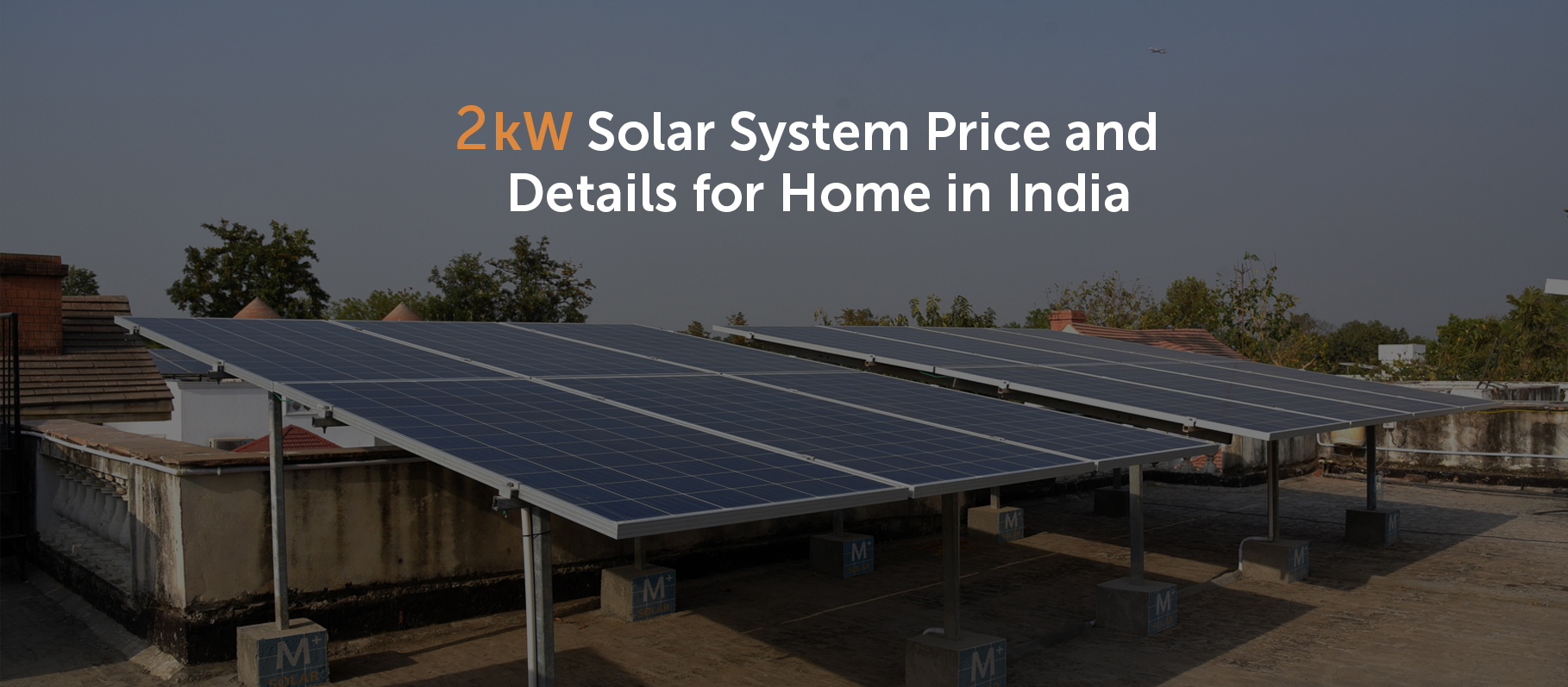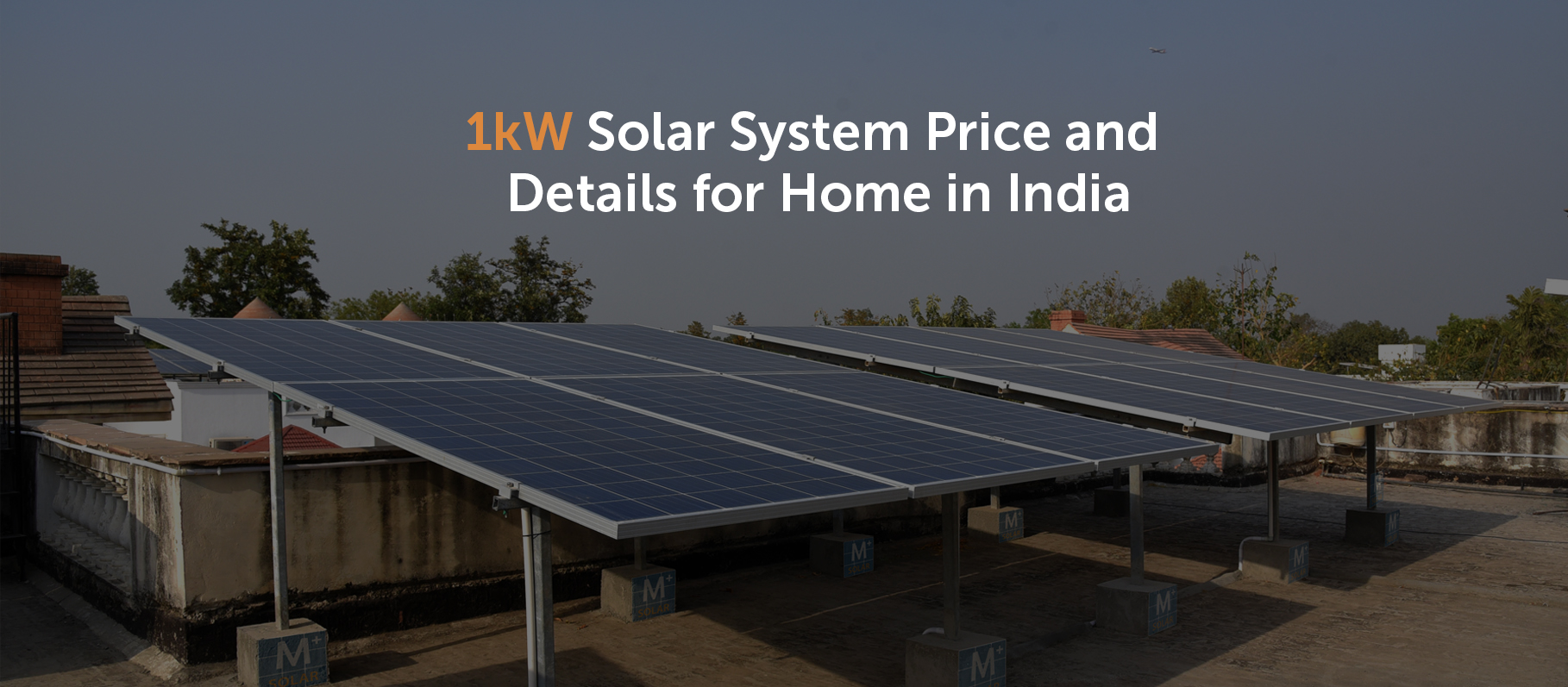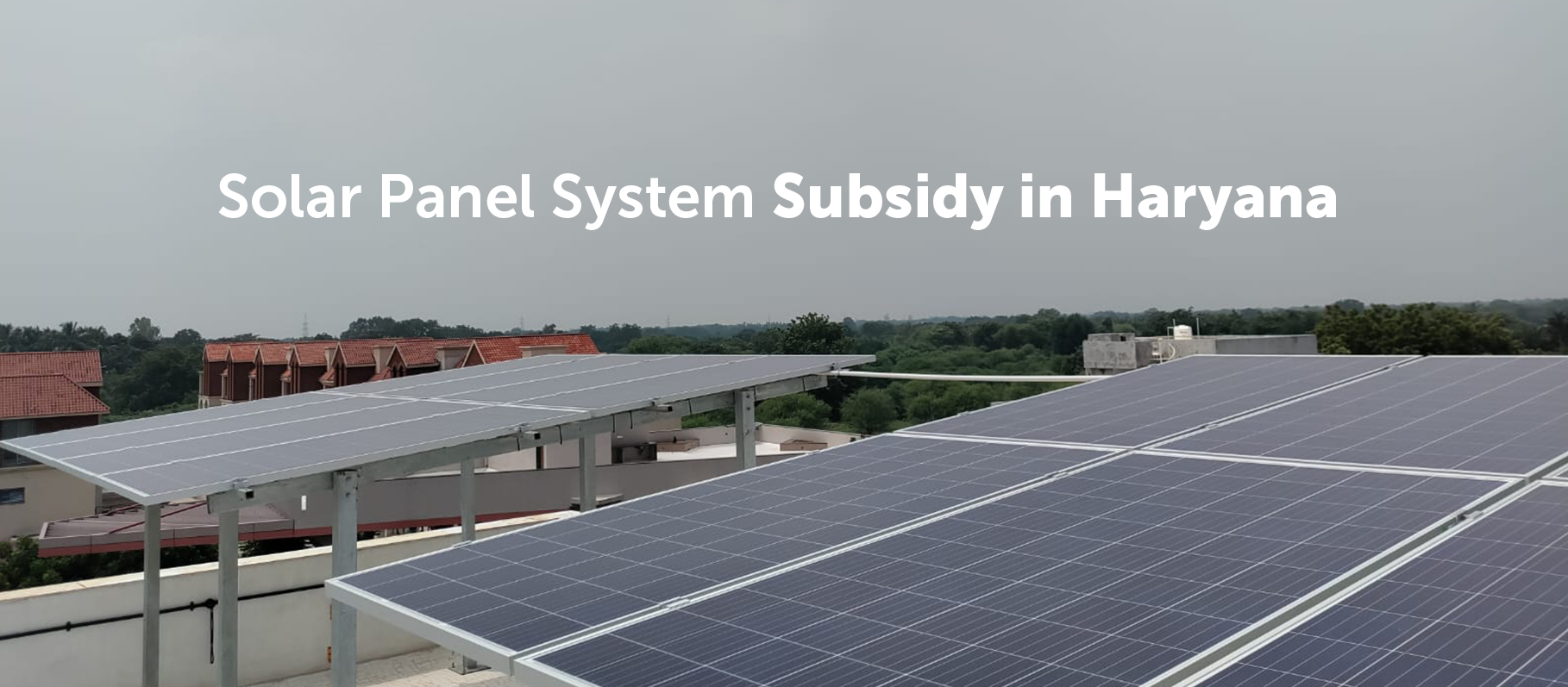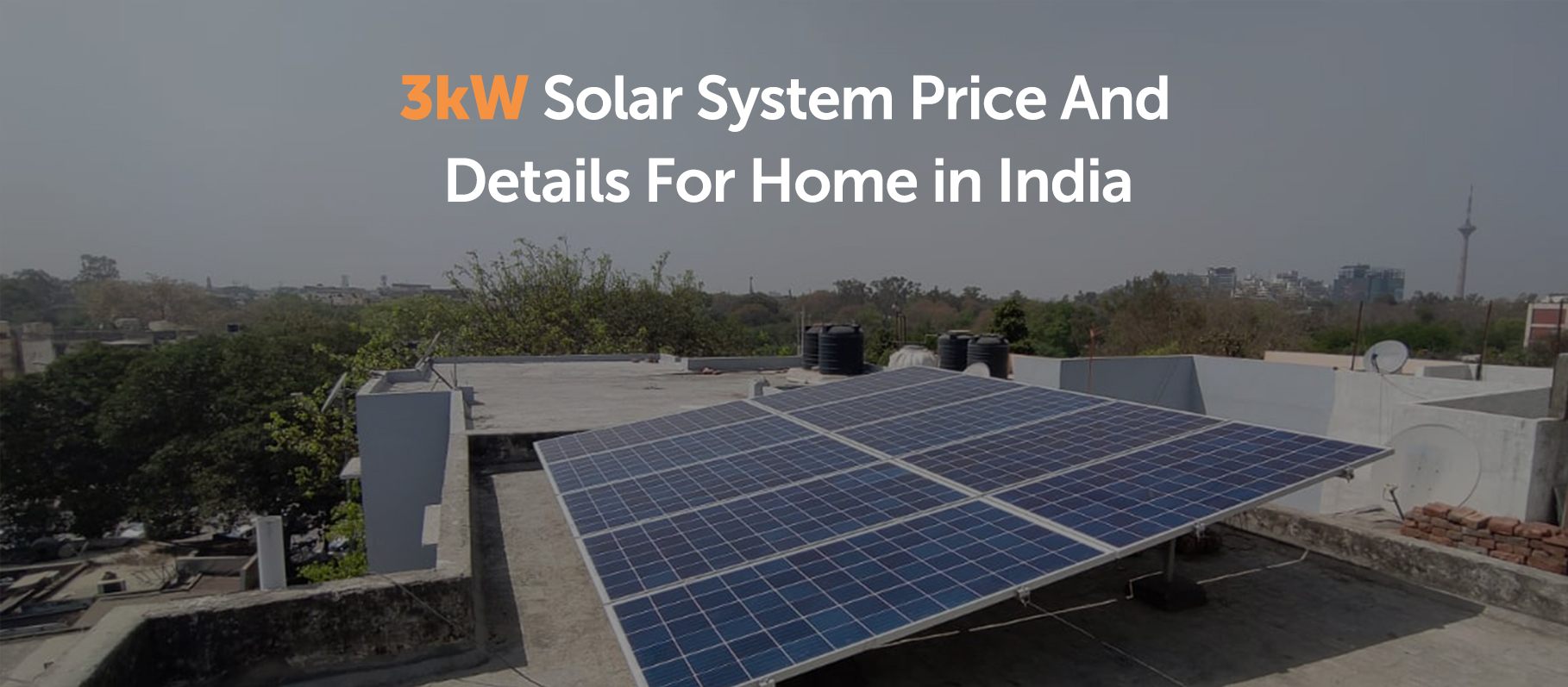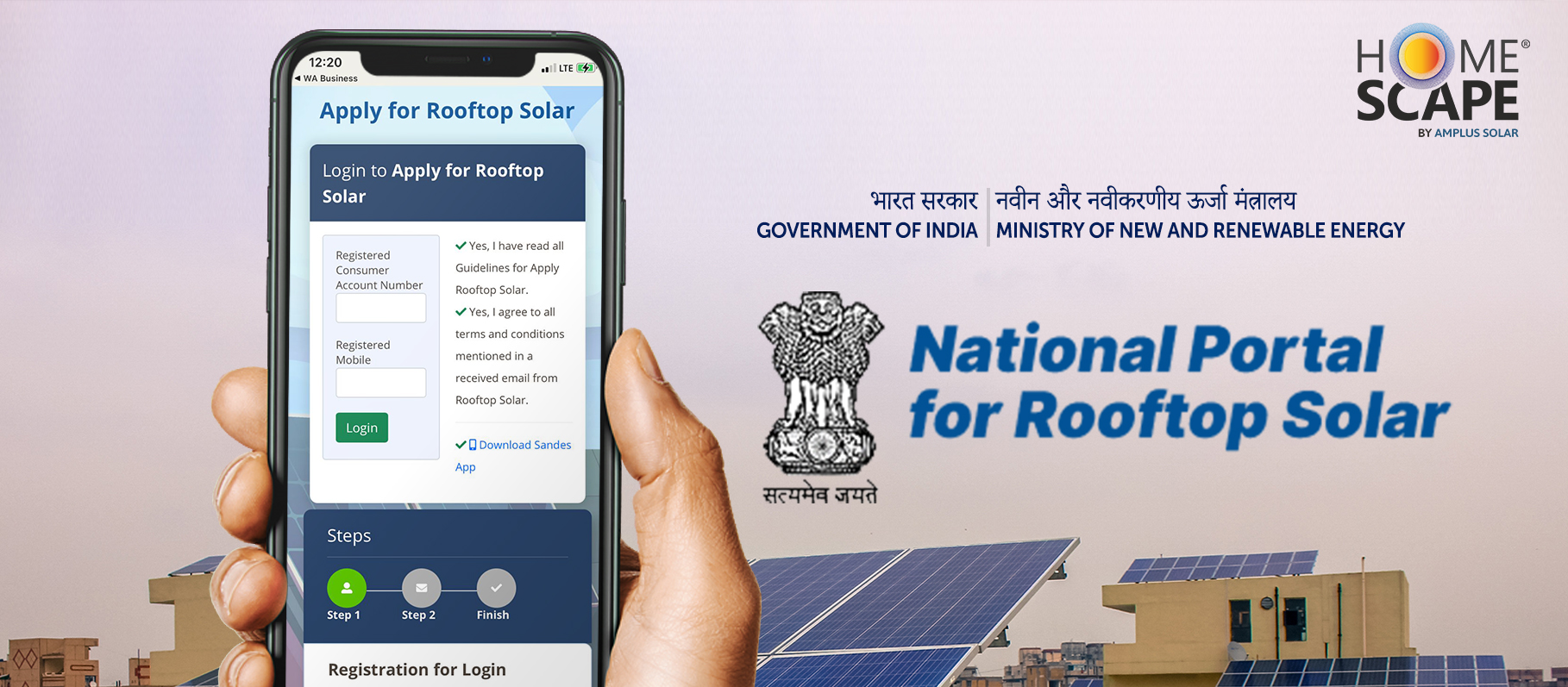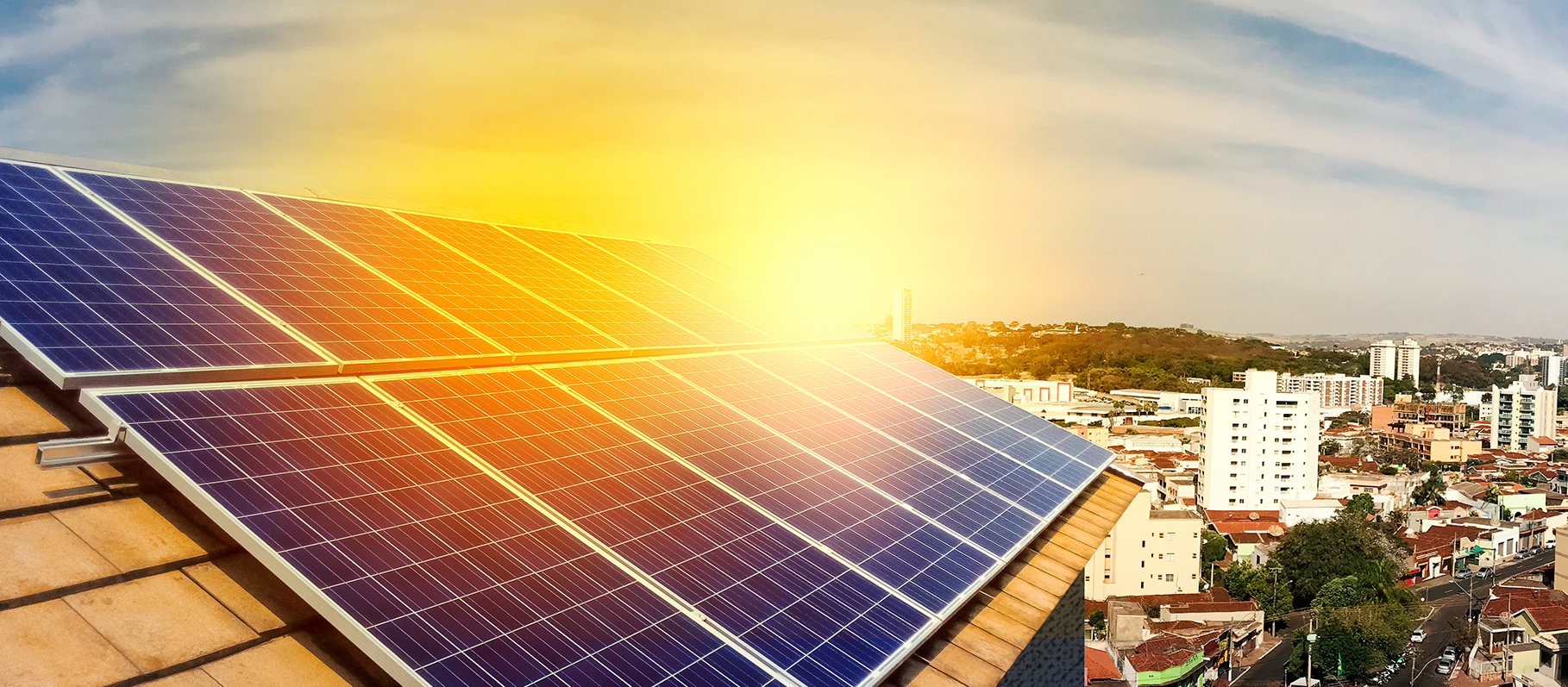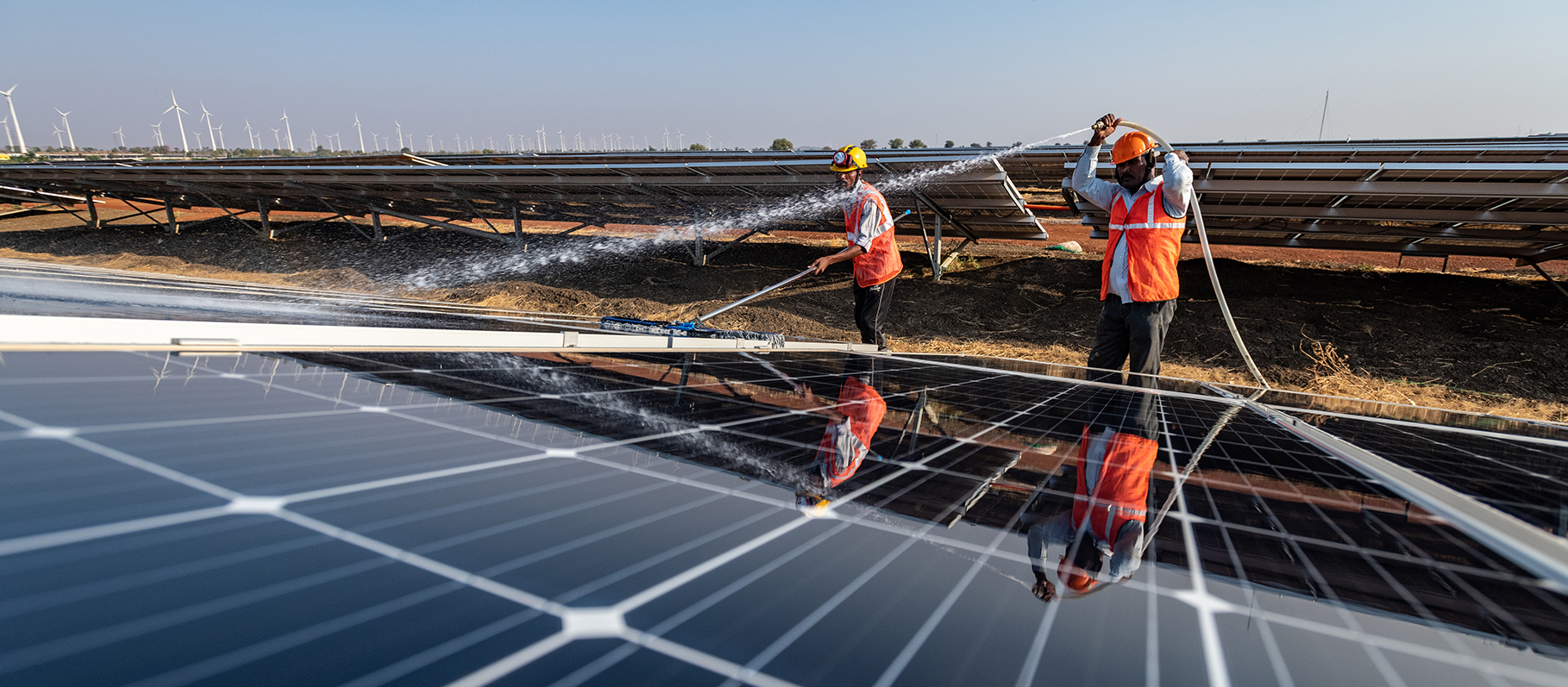Categories
10 January 2024
5KW Solar System for Home in India, Price, Subsidy 2024
A 5kW solar power system is sufficient in supporting the electricity needs of a 2BHK, 3BHK and any other medium-sized [...]
10 January 2024
2kW Solar System Price, Subsidy, Benefits for Homes in India: 2024
Solar photovoltaic technology is making electricity green and reliable for homes. A small 2 kW solar system can be your [...]
10 January 2024
1kW Solar System Price with Subsidy for Home in India(2024)
Are you planning to upgrade your home to a solar-powered home? Do you think you have a small home and [...]
10 January 2024
Home Solar System Subsidy in Haryana 2024
A rooftop solar system has immense potential to offset your electricity cost and offer 25 years of environmentally-friendly, low-cost solar [...]
10 January 2024
Know All About 3KW Solar System for Home in India 2024
Apart from making it energy efficient, a solar plant increases the value of one's property. While the exact size for [...]
10 January 2024
Know All about National Portal for Rooftop Solar
The Prime Minister launched the National Portal for Rooftop Solar to make the subsidy application and payment process easier for [...]
29 November 2022
How Many Solar Panels Are Needed to Power a House?
As every home has a different energy requirement, it is important to know how much kilowatt is required to address [...]
23 November 2022
How To Keep Your Solar Panels Clean
Solar energy output changes almost every month due to the change in weather and the changing position of the sun [...]
21 October 2022
Top 7 Benefits of Solar Energy
Every home needs a dependable energy supply to keep up with the need of their house. Opting for green energy [...]
17 October 2022
10kW Solar System Price And Details For Home In India
A 10kW solar system can generate approximately 10 kilowatts of power- suitable for houses in urban setups. If you are [...]

